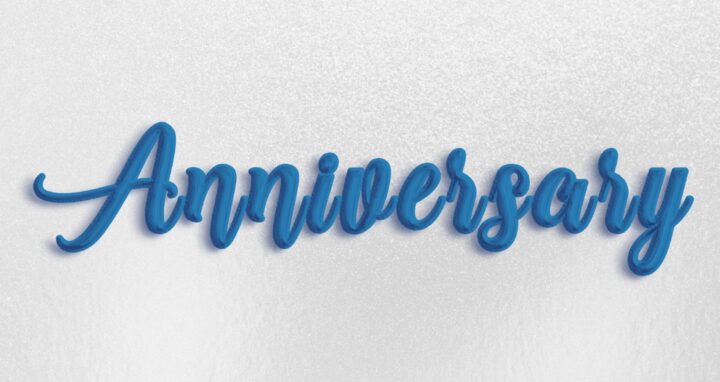This insight post is a summary of the original blog post published by Beutler Ink. View the original, full-length blog post:7 Signs a Wikipedia Editing Service is Probably a Scam .
Our partners at Beutler Ink specialize in maintaining Wikipedia databases – so they can spot a scam a mile away. Keep reading to see the telltale signs that a Wikipedia editing service is probably a scam.
Do they have an “about” section on their website? Does their staff page show that real people work there?
Transparency matters, and whether the people behind the company are willing to put their name or face on it is one of the first things you should look for on a website that offers Wikipedia services. It’s a huge red flag if there is no About page. At the very least, there should be a short blurb about the company’s history. If the whole website is a single landing page designed to funnel you quickly into a “live chat” or “limited-time offer,” prepare yourself to lose whatever money you give to that company and have nothing to show for it on Wikipedia. If you’re especially unlucky, you could be a discussion topic on the conflict of interest noticeboard. And just like a Wikipedia article’s edit history, those discussions never go away.
Do they guarantee results on Wikipedia?
Seeing any promise along the lines of “100% Satisfaction” is a huge red flag. The truth is that no one can guarantee a result on Wikipedia; here are a few reasons why: If you play by the rules, you’ll be collaborating with volunteer editors who all have their interpretation of things like reliable sources, neutral points of view, and content balance. Suppose a site says they’ll directly edit your article. In that case, that’s a blatant violation of Wikipedia’s rules, and you can read our past blog post on Wikipedia marketing fails for some examples of how badly it can go.
If they say they’ll publish your article, find out exactly what they mean. A company could charge you to place a draft in a user account or submit a draft for review by other Wikipedia editors (this is the proper route, by the way) and claim they’ve held up their side of the bargain. But if the draft is poorly written and doesn’t include proper sourcing, it will likely be deleted before long. Or, they will publish the article directly to Wikipedia (against the rules for paid editing), and it could be taken down almost immediately. It’s worth remembering: success on Wikipedia takes a long time. If you’re offered 100% guaranteed results with your Wikipedia needs, ask yourself how many things in life are 100% guaranteed.
What is their overall online presence like?
Like any industry, there will be companies that are clear thought leaders. For instance, if they have a blog with dozens of posts about the ins -and -outs of Wikipedia, that’s a good sign they’re legit and have the experience needed to deliver on their promises. Even better if they also have active profiles on sites like Facebook, Twitter, and Instagram. Try finding some real reviews on websites like Trustpilot. Do they look legitimate, or are they all from users who have done a single review? The point is, if a company is active in its online presence, they’re far more likely to be, you know, actual people.
Want More Wikipedia Information?
You can follow four more great tips to determine whether or not the Wikipedia editing service is a scam. Find them here: 7 Signs a Wikipedia Editing Service is Probably a Scam.




